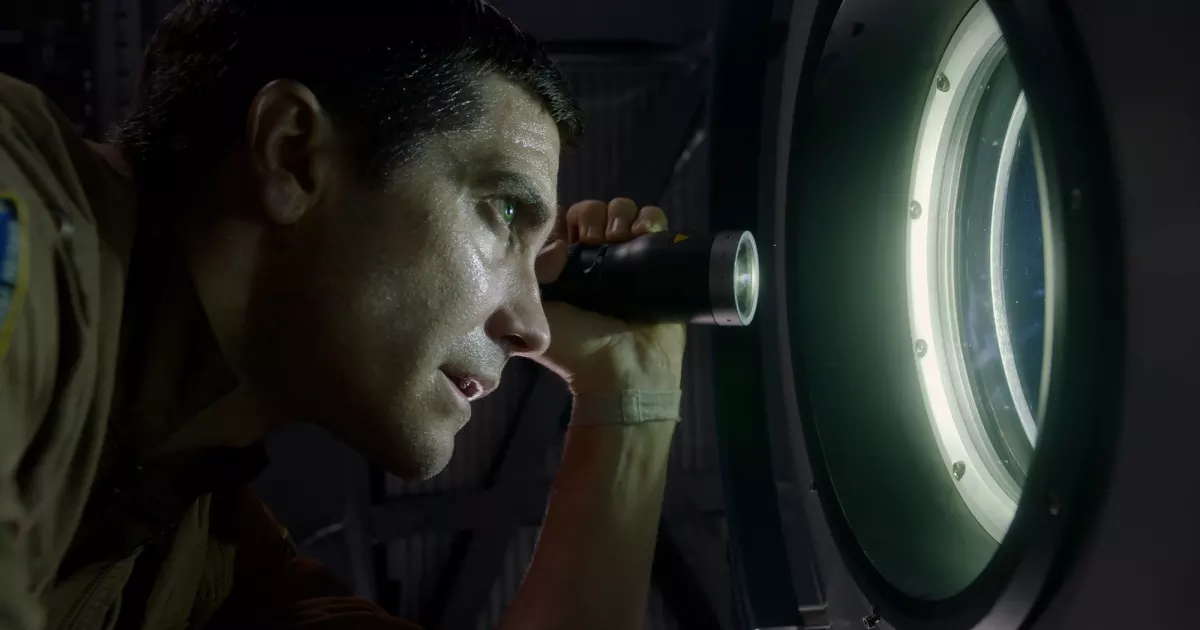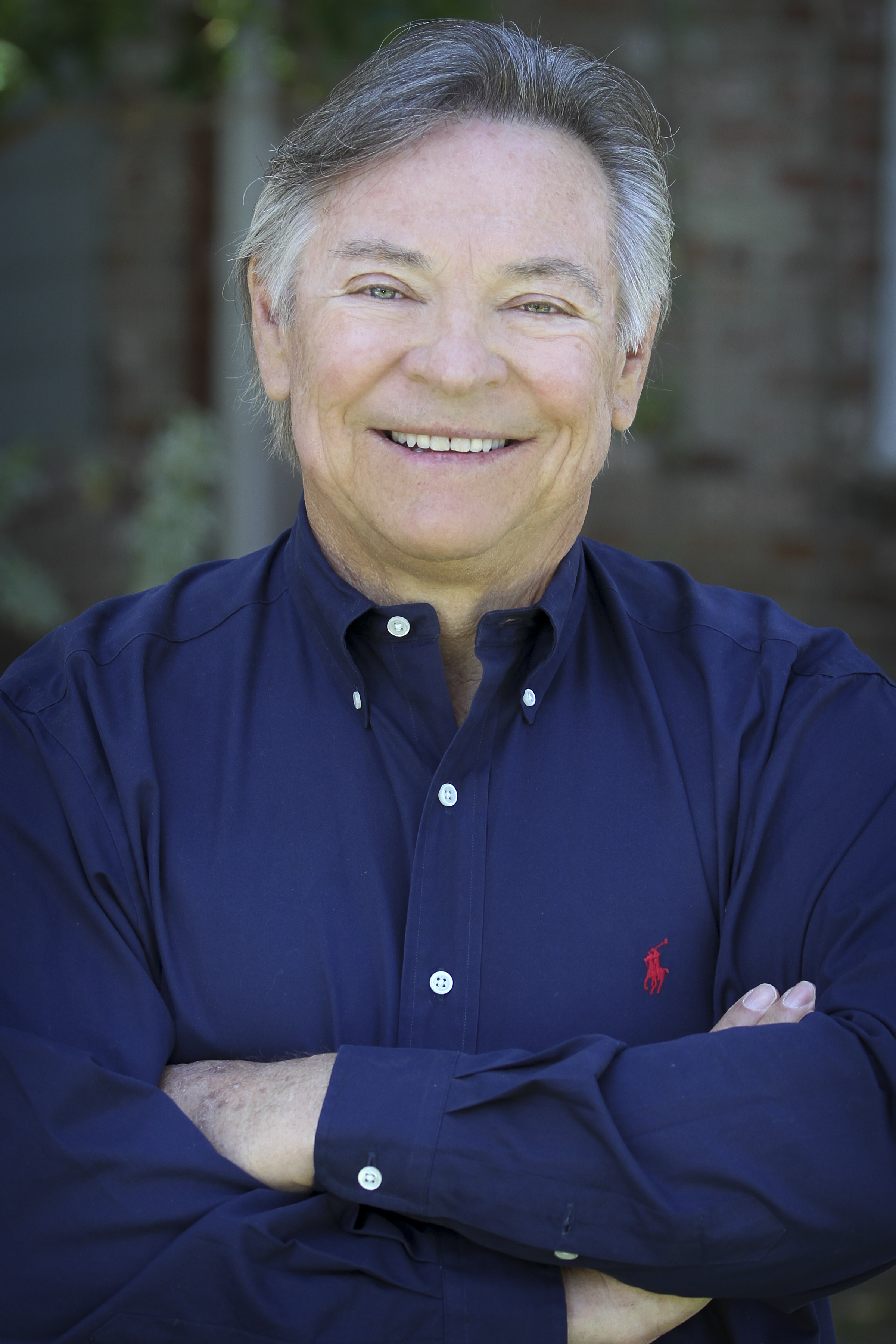
Death, in its myriad forms, is an inevitable part of the human experience, and in cinema, it’s a plot device, a character arc, and sometimes, a comedic punchline. From tragic heroes to shocking demises, actors have, for centuries, embodied the final moments of countless characters, bringing audiences to the edge of their seats, eliciting tears, or sparking gasps of disbelief. While most performers might face their fictional demise once or twice, a select few have truly mastered the art of the cinematic exit, accumulating a staggering number of on-screen deaths that have cemented their places in pop culture lore.
It’s a fascinating, almost macabre, statistic to consider: which actor has stared down the barrel of death, been impaled, blown up, or tragically succumbed to illness more times than any other? Recent studies by outlets like GameZinger, compiled via The Mirror, have shed new light on this intriguing cinematic phenomenon, ranking Hollywood’s most “killable” actors. While Sean Bean certainly earns a mention for his memorable exits, he’s far from the top of the list. This deep dive will pull back the curtain on the true titans of fictional mortality, celebrating the actors who have, time and again, delivered their final bows with unparalleled frequency and flair. Prepare to be shocked, entertained, and perhaps a little morbidly impressed as we count down some of the most prolific on-screen decedents in film and television history.
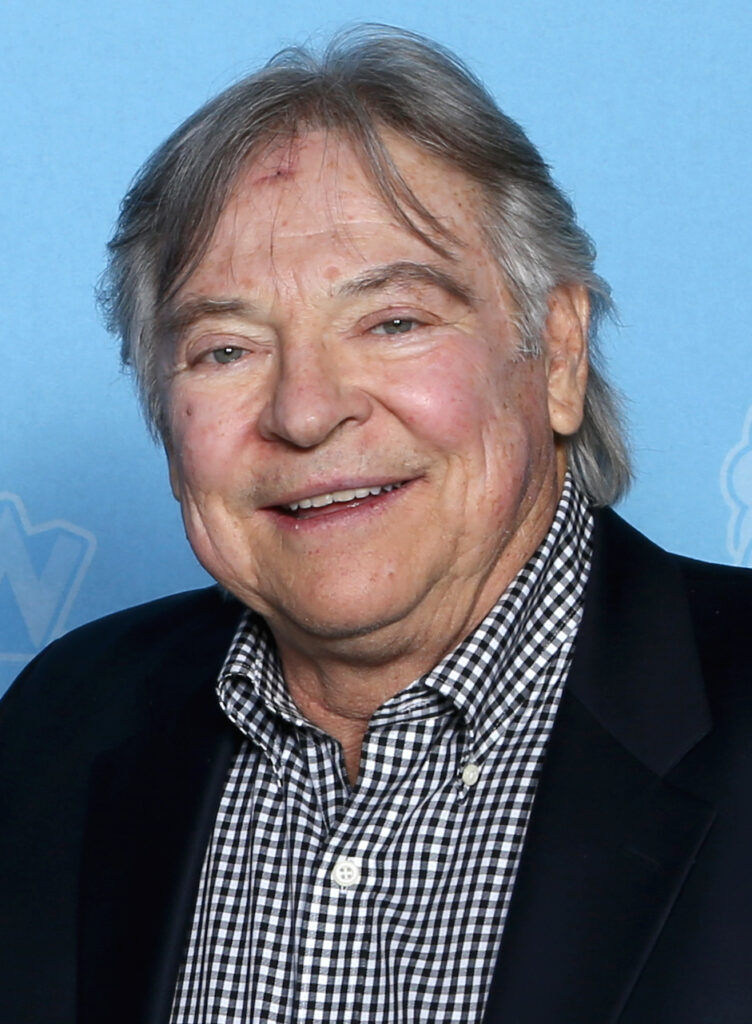
1. **Frank Welker: The Unseen King of Final Exits**: When discussing actors with the most on-screen deaths, Frank Welker might not immediately conjure images of epic battles or tragic sacrifices. Yet, this prolific voice actor, often unseen, holds the undisputed record as the number one killed actor in Hollywood, boasting a staggering 111 total on-screen deaths. This incredible tally includes 69 cinematic demises and 42 on the small screen, a testament to his unparalleled career that began in 1969 and continues to shape countless animated worlds.
This statistic thoroughly disproves the common assumption that only live-action stars rack up such numbers, highlighting the vast and often overlooked contributions of voice talent. Welker is a titan of voice acting, known for bringing to life an immense array of iconic animated characters.
While his most famous roles include Fred Jones in Scooby-Doo since 1969, and Scooby-Doo himself since 2002, Mystery Inc.’s beloved great dane is not among his deceased characters. Instead, his impressive death count stems from multiple roles in sprawling franchises like Transformers, where he famously voiced Megatron, among others. His ability to embody such a wide variety of characters across countless productions has made him not only the fourth-highest-grossing actor of all time, with over $17 billion in box office revenue, but also the most frequent visitor to the cinematic afterlife. His career, spanning hundreds of credits over eight decades, means his voice has resonated through generations. He received a Lifetime Achievement Emmy Award in 2016, a fitting recognition for a career defining many animated universes.
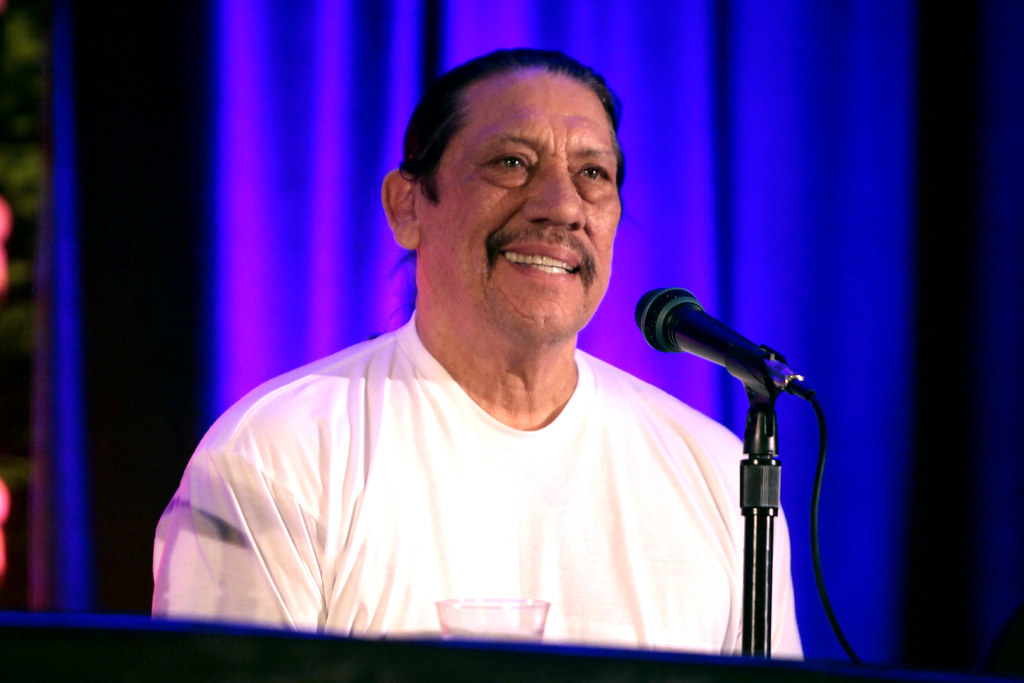
2. **Danny Trejo: The Indestructible Tough Guy Who Never Survives**: Following closely behind Welker, and perhaps a more recognizable face in the “dying actor” hall of fame, is the legendary Danny Trejo, securing the second-place spot with an impressive 92 on-screen deaths. Trejo’s leather-faced grit, distinctive tattoos, and undeniable bad-guy aura have made him a go-to character actor for action flicks, crime dramas, and horror movies, often destined for a brutal, memorable end. His presence signals a certain level of intensity and, almost invariably, a date with destiny that his characters rarely escape. Most of his demises have occurred in films, solidifying his reputation as a big-screen casualty.
Trejo’s filmography is a veritable graveyard of memorable characters who just can’t catch a break. From his early breakout roles in films like *Desperado* and *Con Air* to his collaborations with director Robert Rodriguez in *Machete* and *From Dusk Till Dawn*, Trejo has consistently delivered performances that end in a hail of bullets, a blade, or some other grisly fate. Even on the small screen, he met a memorably explosive end in *Breaking Bad*, a performance that stood out in a show known for its high stakes and dramatic character exits.
What’s truly unique about Trejo’s record is the sheer variety of ways he’s met his end, often in roles requiring him to be the tough, menacing figure, only to be taken down by the hero, or sometimes, by an even tougher villain. The context mentions he’s died multiple times in the same *Spy Kids* movie, showcasing a range in his demise that few actors can claim. His consistent portrayal of characters who live on the edge, pushing boundaries until they inevitably fall, makes his high death count not just a number, but a reflection of his enduring appeal as Hollywood’s most reliable, and ultimately, most perishable, tough guy.
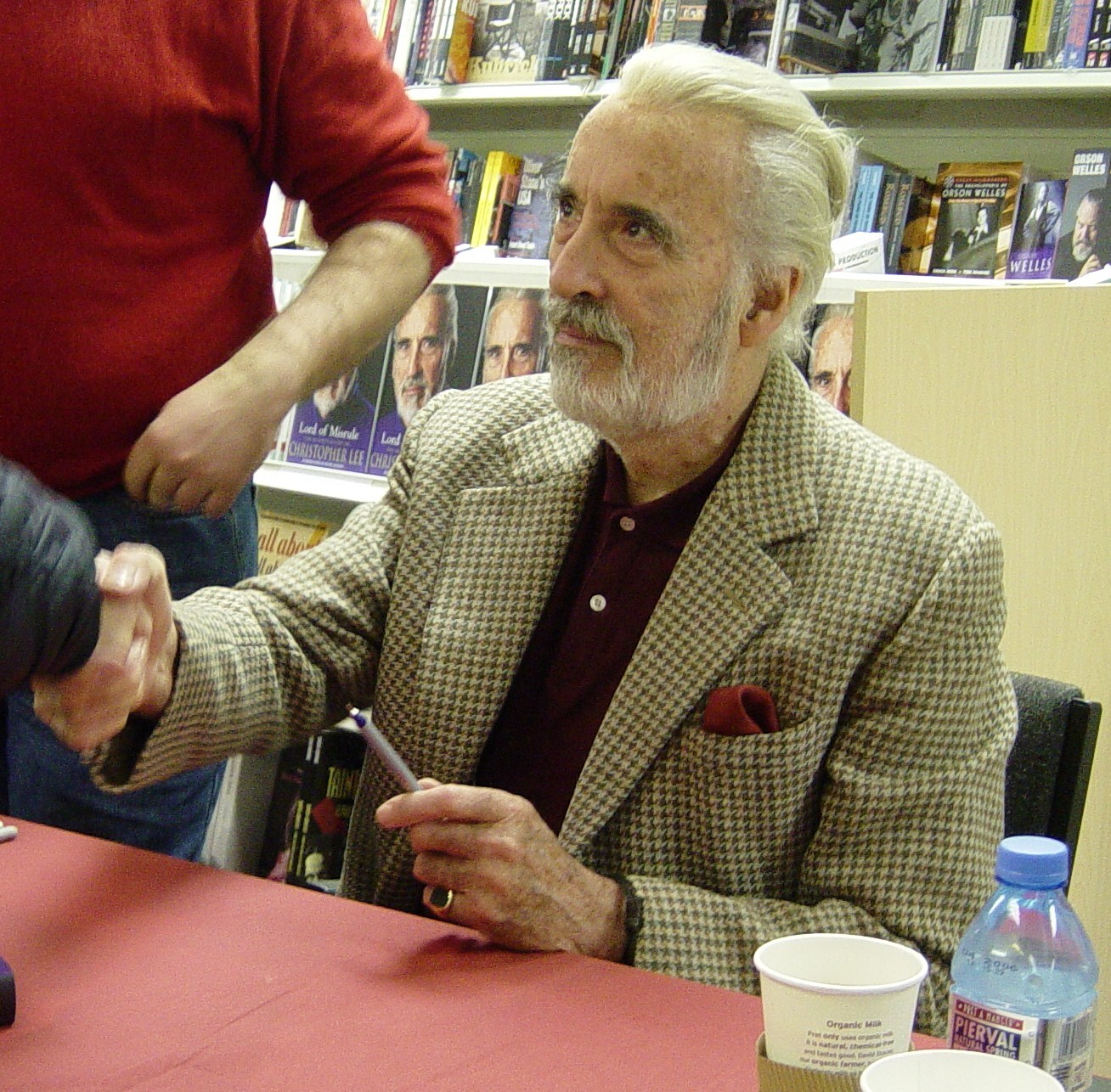
3. **Sir Christopher Lee: Dracula, Sith Lord, and Master of the Grand Exit**: Clinching the third spot on the GameZinger list with 81 on-screen deaths is the incomparable Sir Christopher Lee, an actor whose imposing presence and resonant voice made every one of his demises feel epic. Lee’s career spanned decades, marked by iconic villainous roles and a consistent ability to imbue even his death scenes with gravitas and aristocratic menace. From the chilling bite of a vampire to the decisive swing of a lightsaber, Lee died with an unmatched dignity, cementing his status as a legend of cinematic mortality.
Lee famously portrayed Dracula ten times, a role that alone significantly contributes to his death count, given the vampire’s frequent need to be dispatched. However, his on-screen deaths extend far beyond the gothic castles of Hammer Horror. He left an indelible mark on fantasy epics, notably as the treacherous Saruman in *The Lord of the Rings* trilogy, meeting his end in the extended edition of *The Return of the King*.
In the sci-fi universe of *Star Wars*, he wielded a lightsaber as Count Dooku, only to face decapitation at the hands of Anakin Skywalker in *Episode III – Revenge of the Sith*. Whether it was a stake through the heart, a lightsaber severing, or other impactful ends, Christopher Lee brought a sense of theatricality and finality to each passing. His ability to embody such powerful characters meant their eventual downfall, and his character’s death, was often a climactic moment.
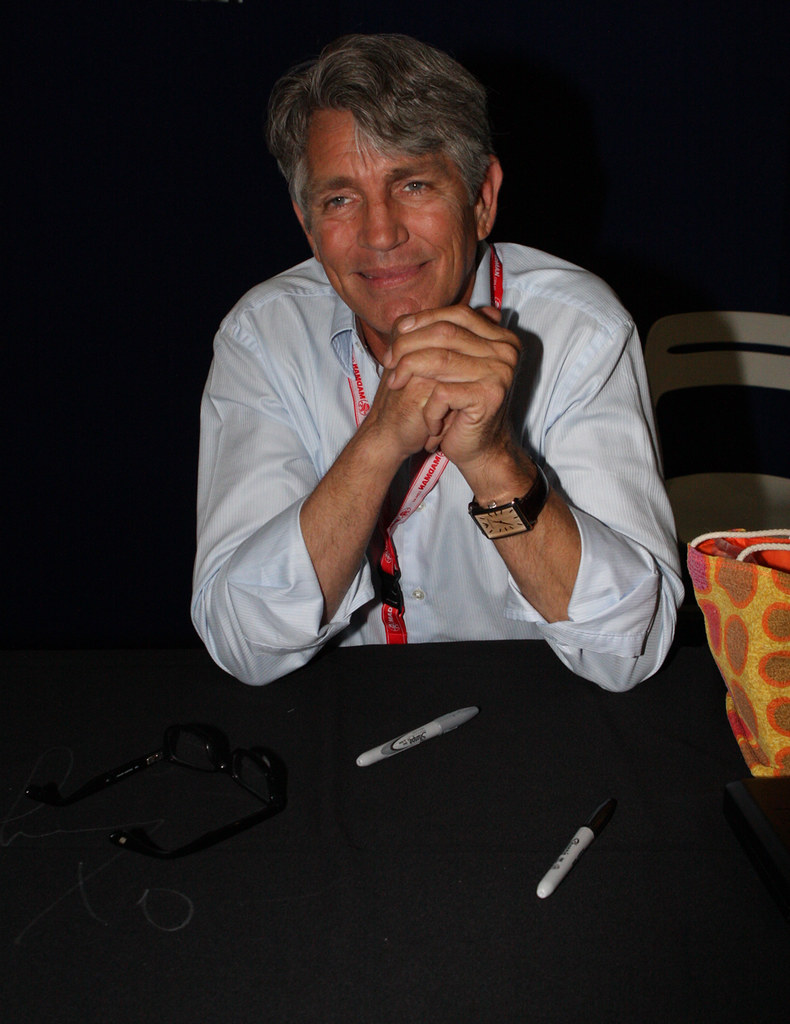
4. **Eric Roberts: The Ubiquitous Actor with a High Mortality Rate**: With 77 total deaths across his astonishingly vast filmography, Eric Roberts secures his place as a frequent casualty on the silver screen, ranking fourth overall according to GameZinger. Julia Roberts’ brother, Eric, has appeared in over 600 projects, a testament to his prolific career. This sheer volume of work naturally leads to a higher probability of meeting an untimely end, but Roberts has developed a reputation for taking on roles, often as villains or morally ambiguous characters, that are frequently written to be dispatched.
Roberts’ career has spanned multiple genres, from thrillers and action films to independent cinema and television, giving him ample opportunities to die in a multitude of ways. While specific examples of his demises aren’t detailed in the provided context, his high number of acting credits, including a mention in *The Dark Knight*, strongly suggest a pattern of playing characters who face perilous circumstances.
His extensive resume underscores a willingness to embrace diverse roles, even if many are destined for an early exit. Roberts’ prolific nature and the sheer number of characters he has brought to life mean he is not just an actor with many deaths; he is an actor who has consistently worked, making him an an enduring figure in Hollywood. His high death count is a fascinating byproduct of a career built on constant performance, showcasing that sometimes, the most active actors are also the most likely to die on screen.
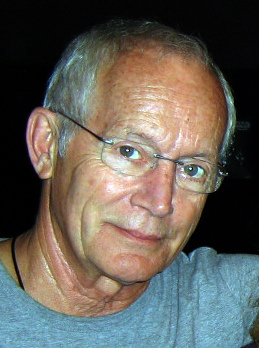
5. **Lance Henriksen: Killed By Literally Everything**: Tying for fifth place on GameZinger’s list, with 71 on-screen deaths, is the gravel-voiced intensity of Lance Henriksen. Henriksen has built a career playing tough, often stoic characters who, despite their resilience, frequently find themselves in situations where survival is a luxury they cannot afford. His impressive tally of demises spans a wide range of fantastical and perilous scenarios, making him a true connoisseur of the cinematic exit.
Hendriksen’s iconic roles have seen him annihilated in some of the most memorable sci-fi and horror films of all time. He was, famously, obliterated in James Cameron’s *Aliens* as the android Bishop, only to return in a more battered form. He has met his end at the hands of monstrous creatures in films like *Pumpkinhead*, where he played the vengeful Ed Harley.
He’s also been a casualty in action-packed thrillers such as *Hard Target*, consistently delivering his final moments with a captivating, intense performance. The sheer variety of his deaths—killed by aliens, vampires, android self-destruction, and countless other perils—is a testament to his versatility and the types of genre films he gravitates towards. Lance Henriksen embodies the kind of actor who makes every death scene count, imbuing it with a unique blend of resignation, defiance, or sheer terror.

6. **Udo Kier: The Art House Star of Perpetual Demise**: Sharing the fifth-place spot with Lance Henriksen, also with 71 on-screen deaths, is the distinctive European actor Udo Kier. While perhaps not as universally recognized as some Hollywood heavyweights, Kier is a true art house star and a staple in independent cinema, particularly known for his work in European horror, cult films, and collaborations with acclaimed directors. His unique screen presence, often unsettling yet captivating, has made him a favorite for roles that frequently conclude with a violent or macabre end.
Kier’s prolific career, much like Eric Roberts’, has seen him participate in an incredible number of projects across various international productions. This extensive filmography provides ample opportunity for his characters to face their mortality. While specific details of his many deaths are not explicitly listed in the provided context, his high ranking strongly implies a consistent pattern of taking on roles that are disposable, often in service of a larger, darker narrative.
His work often delves into the bizarre and the transgressive, where death is not just a plot point but an integral part of the artistic statement. Kier’s distinctive look and intense performances have made him an unforgettable figure in the world of cinema, and his high death count is a fascinating indicator of his willingness to push boundaries and inhabit characters who exist on the fringes, frequently meeting their demise in ways that are as unique and memorable as his performances themselves.
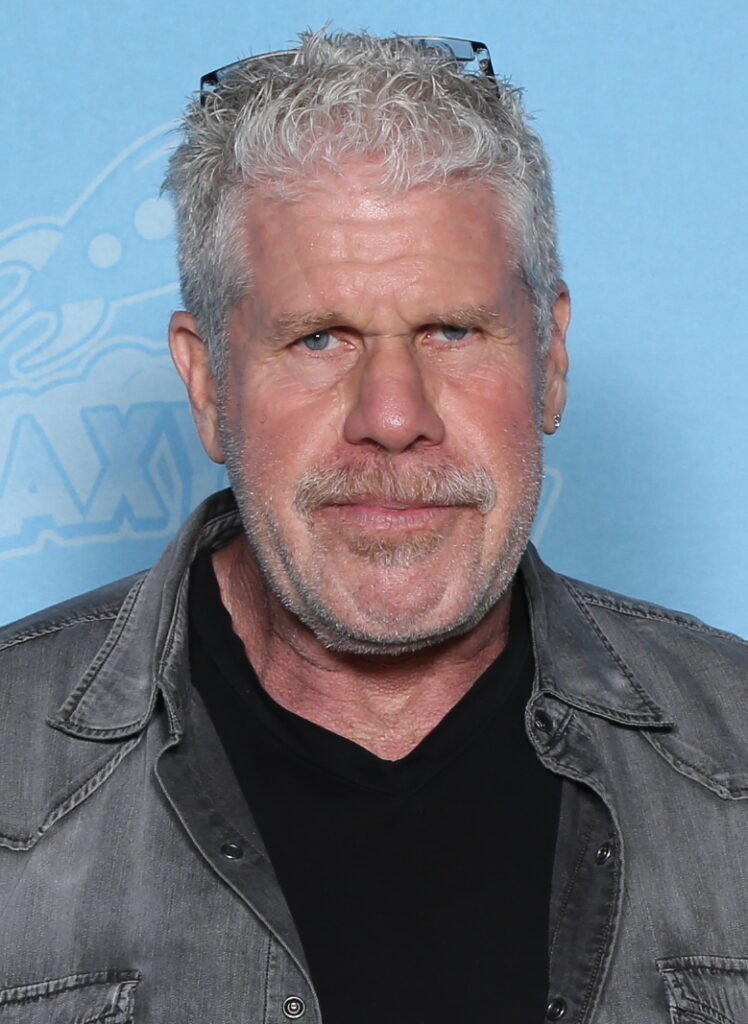
7. **Ron Perlman: The Gentle Giant Who Gets Blown Up (and More)**: Rounding out our top seven, with a significant 67 on-screen deaths, is the instantly recognizable Ron Perlman. Known for his imposing physique, deep resonant voice, and ability to portray both monstrous anti-heroes and tender-hearted tough guys, Perlman’s characters often face brutal ends, many of which involve explosions or similarly violent demises. His filmography is rich with roles where his character, despite their strength or good intentions, is ultimately consumed by the chaos around them.
Perlman’s most famous roles showcase his tendency to meet a dramatic end. He’s perished in blockbuster action films like *Pacific Rim*, where his character Hannibal Chau met a rather explosive and unexpected fate. In the vampire action flick *Blade II*, he also found himself on the wrong side of a deadly encounter.
His roles in sci-fi horror, such as *Alien: Resurrection*, and period dramas, like *The Name of the Rose*, also feature him succumbing to various forms of violence and tragedy, often with a profound sense of pathos. His death count, comprising 39 movie deaths and 28 television deaths, demonstrates his consistent presence in productions that revel in high stakes and dramatic character eliminations. Perlman’s ability to bring a complex humanity to even the most grotesque or hardened characters makes his deaths particularly impactful, often serving as a pivotal moment in the narrative.
Beyond the peak of our initial count, the cinematic graveyard extends, populated by more actors whose characters have frequently met their demise with dramatic flair and lasting impact. These performers, ranging from the voices behind beloved animated figures to the stoic presences of legendary character actors, remind us that an on-screen death is often more than just an end; it’s a pivotal moment, a narrative exclamation point, and sometimes, even a meme-worthy event that lives on in the annals of pop culture. Let’s continue our journey through Hollywood’s most ‘killable’ and explore seven more actors who have mastered the art of the dramatic exit.

8. **Tara Strong: The Prolific Voice Actress and Queen of Animated Demise**: While much of the focus on on-screen deaths often falls on live-action stars, the realm of voice acting boasts its own monarchs of mortality. Standing out as the leading female performer on this surprising list, Tara Strong is a true voice acting virtuoso who has amassed an impressive 43 total deaths across her vast career, with 9 in movies and 34 on television. Her prolific output ensures that countless characters brought to life by her voice have met their bitter ends, a testament to her immense versatility and ubiquitous presence in animated worlds.
Strong’s voice has become synonymous with iconic characters across multiple generations, including Timmy Turner in *The Fairly OddParents*, Bubbles in *The Powerpuff Girls*, and numerous beloved DC characters. Many of these fan-favorite figures, despite their heroic or mischievous natures, have found themselves in perilous situations that ultimately lead to their demise, underscoring the high stakes inherent in the fantastical narratives she helps create. This statistic powerfully highlights the often-overlooked contributions of voice talent to the cinematic afterlife.
Her extensive credits also include the English dubs of Hayao Miyazaki’s acclaimed films *Spirited Away* and *Princess Mononoke*, further demonstrating the breadth of her career. The sheer number of productions she has lent her voice to naturally increases the likelihood of her characters succumbing to various animated fates, from dramatic sacrifices to more unexpected ends. Strong’s position as the most-killed woman in Hollywood is a fascinating data point that challenges assumptions about where cinematic mortality truly resides.
Tara Strong’s ability to embody such a wide array of personalities, from plucky kids to powerful heroes and villains, means she has given voice to countless final moments, each resonating with audiences who have grown up listening to her work. Her high death count isn’t just a number; it’s a reflection of her enduring impact on animated storytelling and the dramatic depth she brings to every role, even those destined for an early exit. She proves that a character’s demise, regardless of whether it’s seen or just heard, can be incredibly impactful.
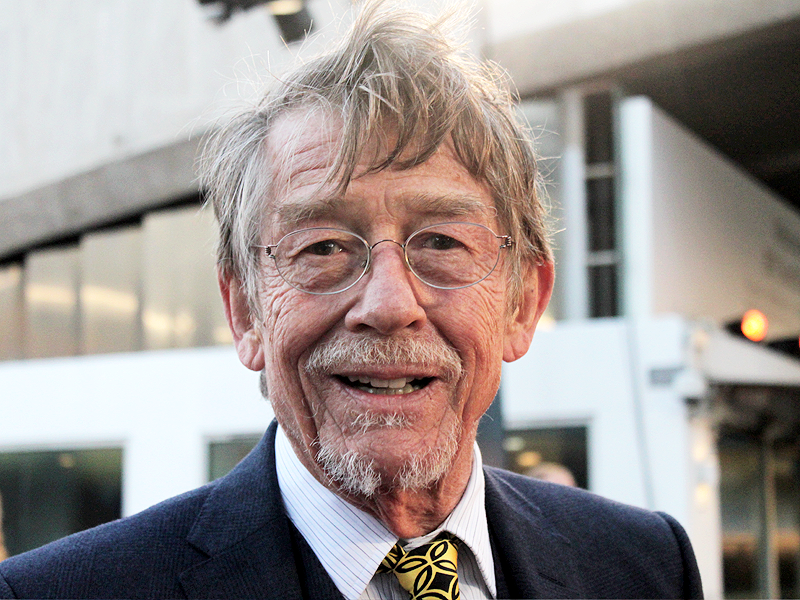
9. **John Hurt: Exploding into Cinematic Immortality (and Dying Repeatedly)**: When it comes to unforgettable on-screen deaths, few actors have left as indelible a mark as John Hurt. He gave us one of the most iconic deaths in film history: his infamous chestburster scene in Ridley Scott’s seminal sci-fi movie *Alien*. This truly shocking moment, which parodied itself years later in *Spaceballs* with Hurt quipping, “Oh no, not again!”, is just one of over 40 demises that cemented his legacy as a master of the cinematic exit.
Hurt’s ability to imbue his characters with vulnerability and profound humanity made their inevitable ends all the more poignant. Beyond the visceral horror of *Alien*, he perished in numerous other significant roles, including the dystopian world of *1984*, the wizarding realm of *Harry Potter*, and the revolutionary narrative of *V for Vendetta*. He also met his demise in *Hellboy*, *The Elephant Man*, and *Only Lovers Left Alive*, showcasing a remarkable range in the circumstances and emotional impact of his characters’ final moments.
The variety of Hurt’s deaths is as vast as his filmography, spanning everything from sudden, violent bursts to tragic, lingering illnesses. Whether it was at the hands of a monstrous alien, a political execution, or a more subtle, dramatic passing, Hurt consistently delivered performances that made each death scene count. His characters rarely survived to the final credits, making his presence in a film almost a harbinger of a powerful, often grim, conclusion for his role.
His prolific career and willingness to take on roles that frequently led to his character’s demise made it almost surprising when he *did* finish a movie unscathed. John Hurt’s legacy is not just defined by the quantity of his on-screen deaths, but by the sheer quality and memorability of each one, proving that an actor can achieve cinematic immortality through their consistent ability to deliver a compelling final performance.
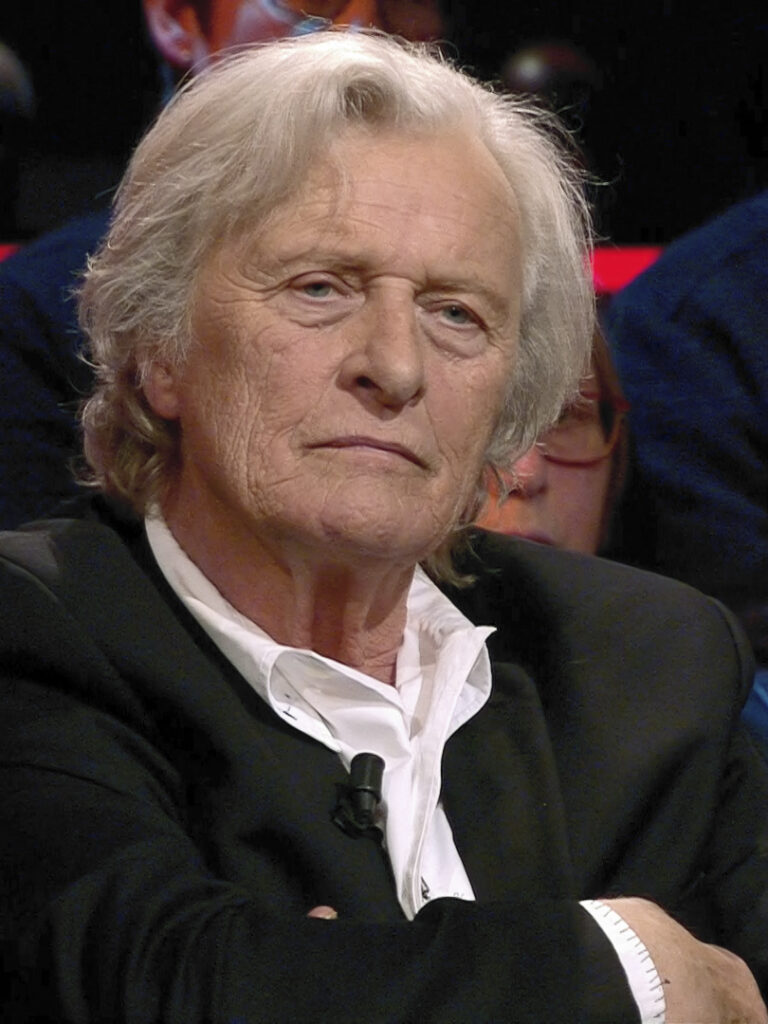
10. **Rutger Hauer: Delivering Existential Flair to Every Final Breath**: Few actors have encapsulated the poetic finality of death quite like Rutger Hauer, whose legendary line as Roy Batty in *Blade Runner* — “Time to Die” — has become one of cinema’s most iconic last words. This philosophical declaration perfectly encapsulates Hauer’s approach to his characters’ demises, which number over 35 throughout his career. His intense gaze and powerful screen presence ensured that his deaths were rarely mere plot points but profound, often existential, statements.
Hauer’s performances brought a unique blend of menace, tragedy, and a captivating intensity to his final moments. In *Blade Runner*, his character’s death wasn’t just an end but a culmination of a desperate struggle for life and meaning, delivered with a poignant soliloquy that resonated deeply with audiences. This level of depth was a hallmark of his career, ensuring that even when his characters were dispatched, they did so with an indelible impression.
Beyond his most famous exit, Hauer faced a multitude of grisly ends in a variety of genres. He was gunned down, zombified, or betrayed in thrillers like *The Hitcher*, neo-noir films like *Sin City*, and even in *Buffy the Vampire Slayer*. Each of these demises was delivered with his characteristic flair, making them stand out in the minds of viewers long after the credits rolled. He possessed an uncanny ability to make even the most brutal endings feel like a dramatic flourish.
Rutger Hauer’s impressive tally of fictional demises, coupled with his distinctive acting style, solidifies his place as an actor who not only embraced but elevated the art of the on-screen death. His characters often existed on the fringes, pushing boundaries until their inevitable fall, making their final moments powerful reflections on mortality and the human condition. His legacy is one of existential elegance in the face of absolute finality.
.jpg/440px-Charles_Dance_2012_(cropped).jpg)
11. **Charles Dance: Regal Villains and Iconic Exits**: With a commanding presence and an air of aristocratic menace, Charles Dance has become synonymous with portraying powerful, often villainous, characters who frequently meet a dramatic and memorable end. Best known as Tywin Lannister in *Game of Thrones*, his infamous “toilet death” became one of television’s most iconic character exits, solidifying his status as an actor whose demises are often as impactful as his performances. Dance has been assassinated, decapitated, and disintegrated across more than 30 films and shows.
Dance’s characters, particularly his upper-crust villains, are frequently written to suffer poetic justice, and he delivers these final moments with a captivating gravitas. The sheer audacity and narrative weight of Tywin Lannister’s death, for instance, perfectly captured the shifting dynamics of power and family betrayal, making it a pivotal moment in the series. His ability to embody such formidable figures ensures that their downfall is always a significant event.
Throughout his extensive career, Dance has succumbed to various forms of violence and tragedy. Whether it was a swift assassination, a gruesome decapitation, or a more fantastical disintegration, his portrayals consistently brought a sense of theatricality and finality to each passing. He has a unique way of making even the most brutal ends feel like a carefully orchestrated part of the story, serving the narrative with every last breath.
Charles Dance’s high death count is a testament to his consistent presence in high-stakes dramas and action thrillers, where his character’s demise often signifies a major turning point or the ultimate price of villainy. His memorable exits are not merely numbers; they are integral parts of the complex narratives he inhabits, leaving a lasting impression on audiences and securing his place among cinema’s most dignified, yet frequently deceased, actors.
As we draw the curtain on this deep dive into cinematic mortality, it’s clear that the art of the on-screen death is a fascinating, multifaceted phenomenon. From the surprising dominance of voice actors like Frank Welker and Tara Strong, challenging our preconceptions of who truly “dies” the most, to the enduring legacy of legends like Christopher Lee and the meme-worthy demises of Sean Bean, each actor brings a unique flavor to their final bows. These performers don’t just ‘die’ on screen; they craft moments that propel narratives, evoke emotion, and often become defining elements of their careers. Their willingness to embrace fate, time and again, ensures that the spectacle of the cinematic exit will continue to captivate audiences for generations to come, proving that even in death, these actors achieve a unique form of screen immortality.



